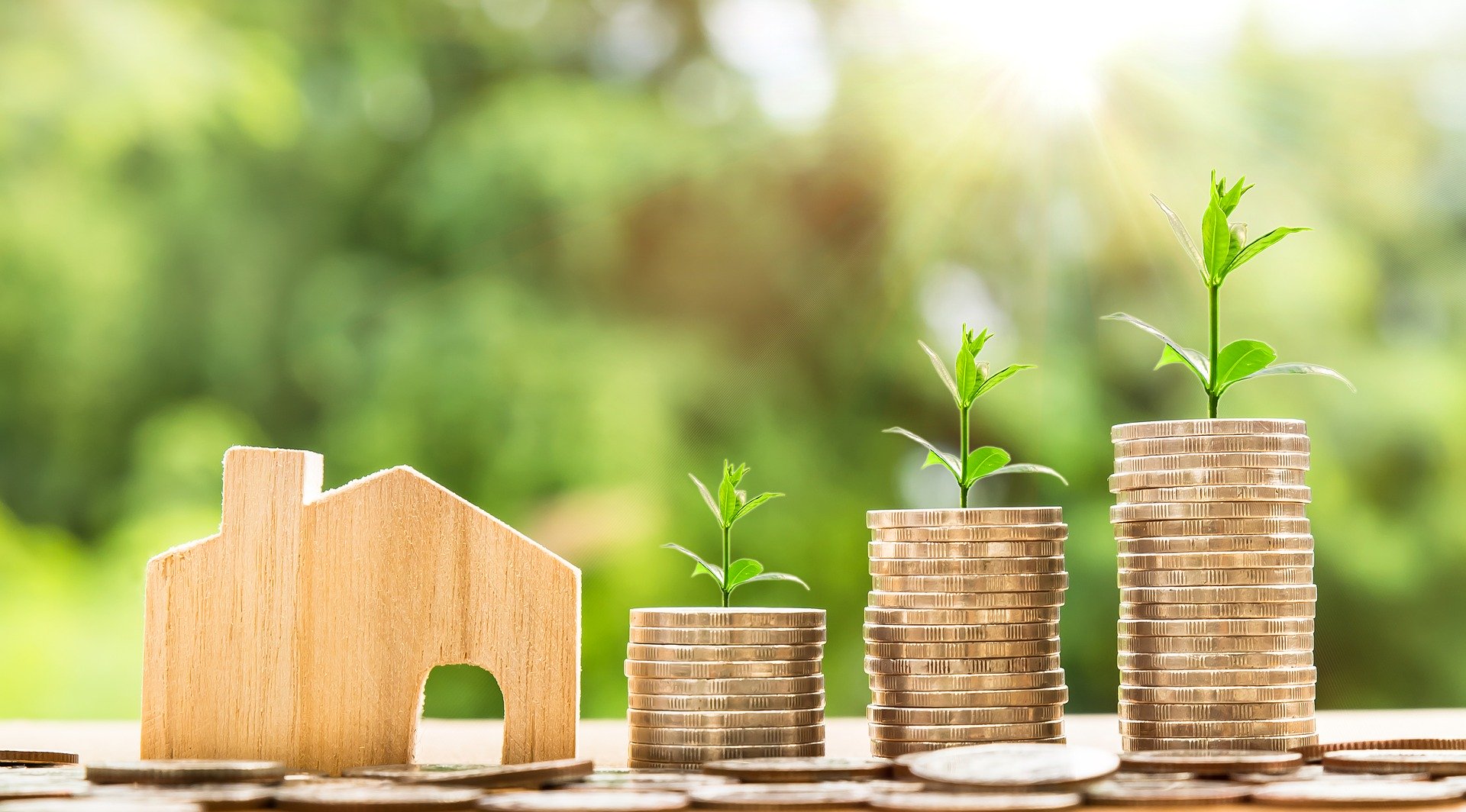Want to know what your property is worth?
Our Branches
Stamp Duty Holiday is a Win-Win for Landlords and House Buyers

Until the 8th July 2020, Stamp Duty thresholds dictated that those buying property over £125,000 had to pay a percentage of tax, which rose in increments dependant on the value of the property. As we write, those percentages were as follows:
0% up to £125,000
2% of the next £125,000 (the portion from £125,001 to £250,000)
5% of the next £675,000 (the portion from £250,001 to £925,000)
10% of the next £575,000 (the portion from £925,001 to £1.5 million)
12% of the remaining amount (the portion above £1.5 million)
Since for many buyers, properties fell within those higher price brackets, the break will come as a welcome relief for many, who were finding it increasingly difficult to keep up with increases in cost in buying property, whether that’s as a home or an investment.
Prices in Stamp Duty from 8th July
In the current economic situation, the Government recognises that changes need to be made quickly to encourage people to start investing in the property market again. After all, many landlords have been hit hard, as tenants have been forced to reduce work hours, been made redundant, unemployed, or furloughed, and are finding it a struggle to pay their rent. In plenty of cases, landlords have had to make sacrifices, and are in need of encouragement to get things moving again.
The Government’s announcement means that as of now, until the 31st March 2021, properties with a price tag of up to £500,000 will not have Stamp Duty attached.
The Benefits
House buyers have had a tough time, even before the current health crisis. It has become increasingly difficult, especially for first-time buyers, to get on the property ladder. And on top of that, developers and landlords have faced a lot of new challenges, with mortgages and legislation becoming more stringent. Change has been on the cards for a while.
It seems that the Chancellor’s thinking is that by making this move, it will also motivate people to spend, because if house buying is more affordable, then it follows that they will be inclined to spend more comprehensively on all of the things that go alongside that; solicitors, renovations, removals, tradesmen, estate agents, even down to hardware and soft furnishings.
In this, the UK economy will be helped to at least start its healing, and begin to move in the right direction. For those investing in property to rent, the signs are encouraging – aside from anything else, it means that landlords will be able to afford to increase their portfolios where previously they may have felt stuck, although experts warn that they should do so sooner rather than later to catch the best deals.
A Temporary Fix?
Where we seem to have entered into a period of ‘feast’, there is also the fear that at the end of the period, when Stamp Duty reverts to normal rates, we could see a stretch of ‘famine’, as people once again become reluctant to buy when the costs once again rise.
Perhaps, for now, it will be enough. In truth, we will not see the long-term results until the Spring or Summer of 2021. It may be, as some predict, that the Government will be made to introduce further changes in order to keep things moving. At this point, it’s hard to say what the future holds for house-buyers.
Further Information
If you are looking to sell your home fast in today's rapidly altering climate, download our guide to sell your property fast WITHOUT reducing the price here!
Related Articles


